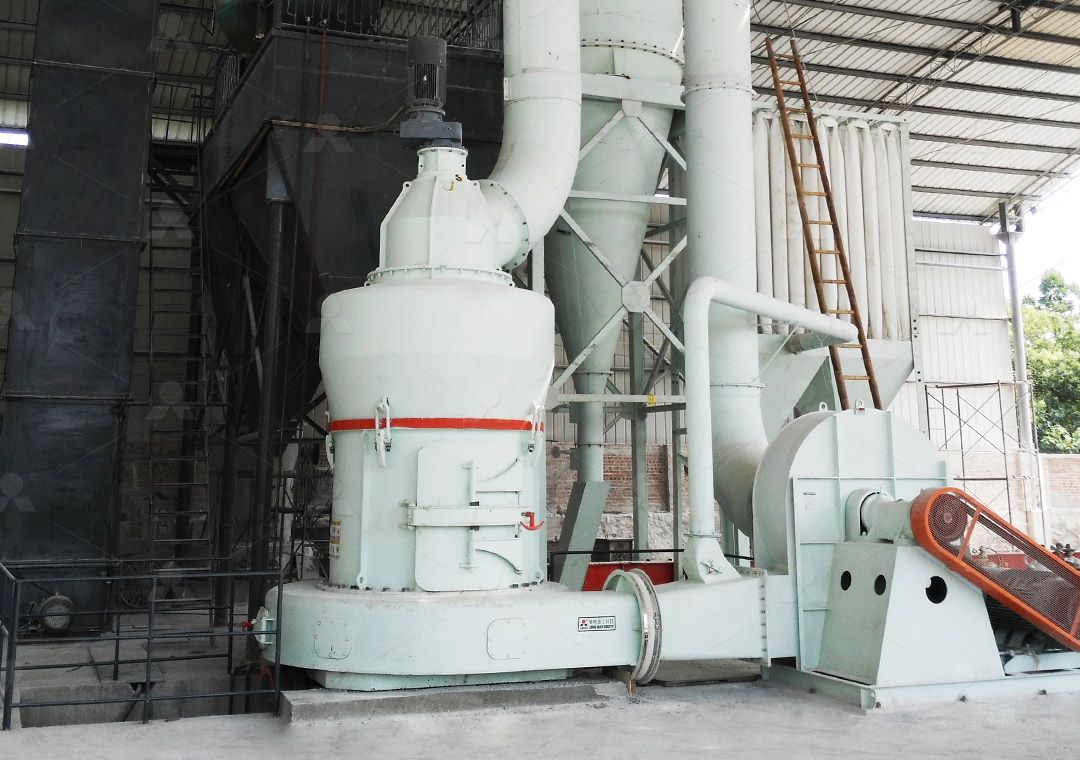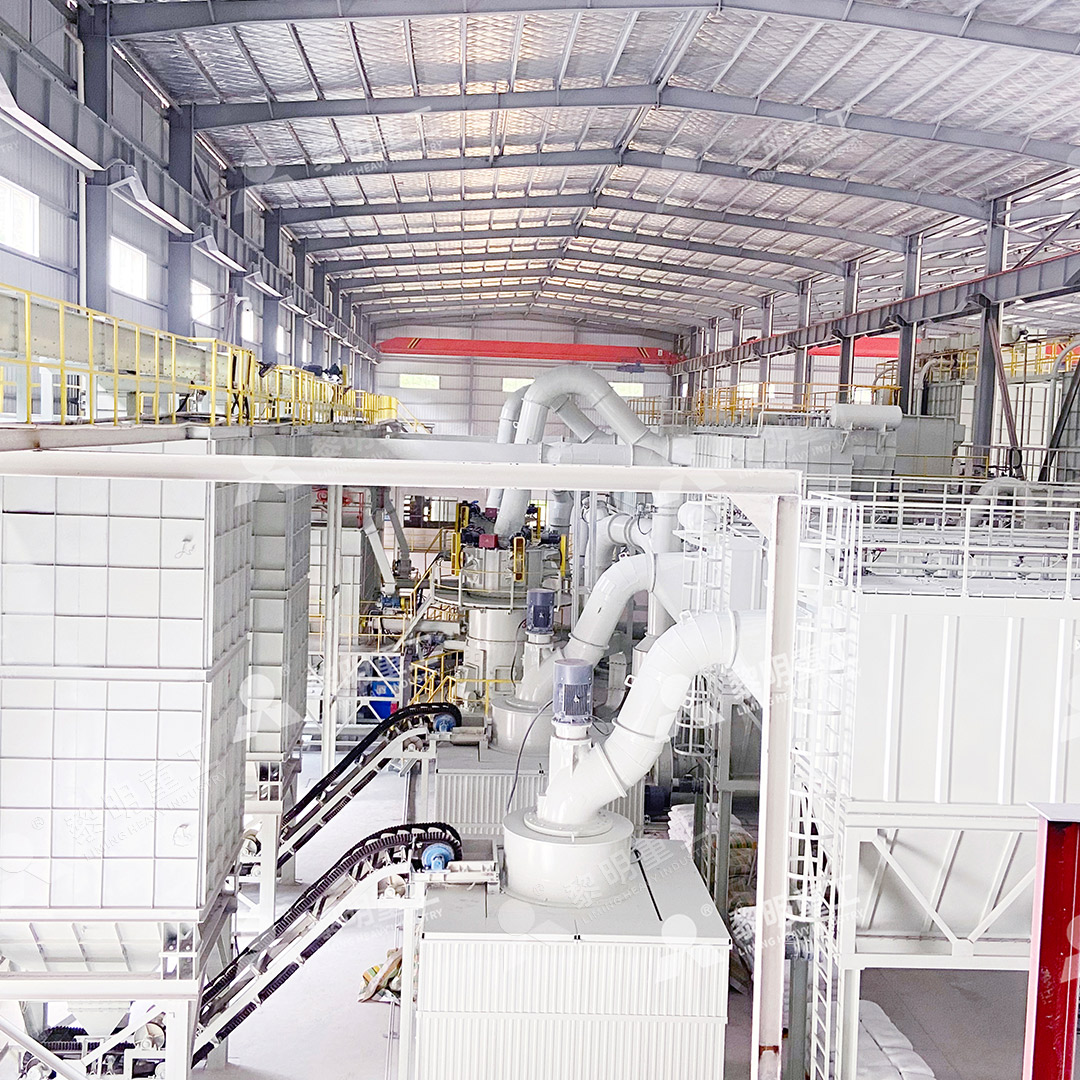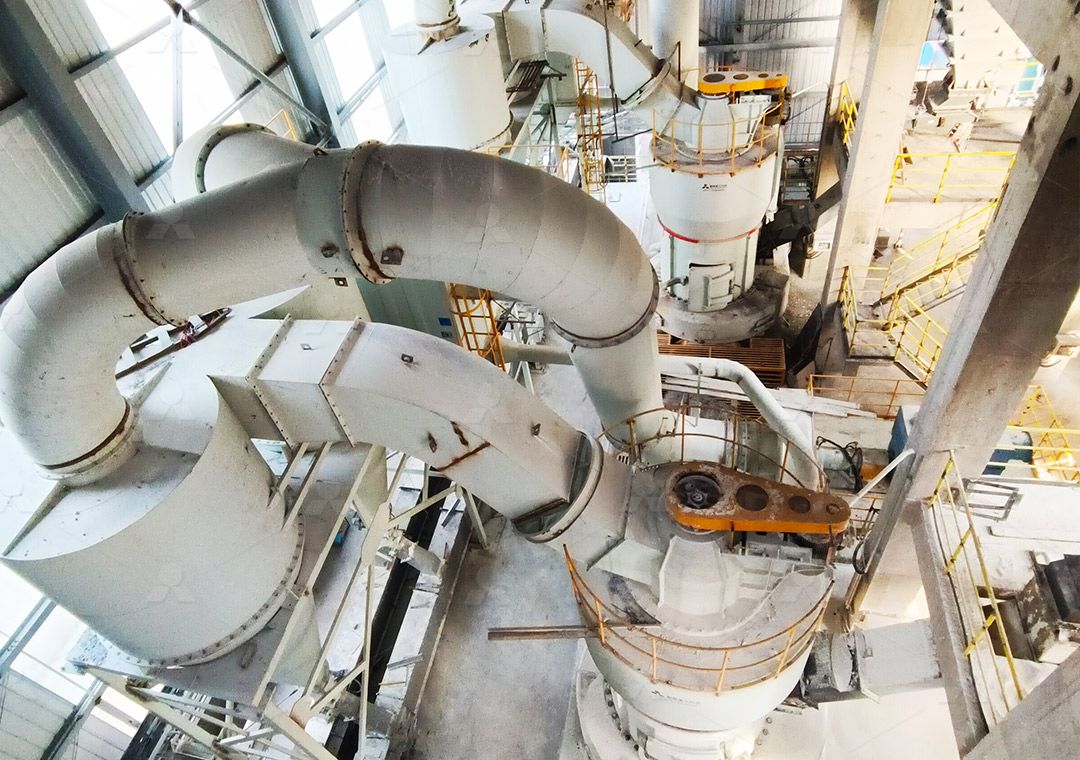Calcite Coarse Powder Grinding Mill: Key Features and Applications
Calcite Coarse Powder Grinding Mill: Key Features and Applications
In industrial mineral processing, calcite stands as one of the most versatile and widely used minerals. Its applications span from construction materials to pharmaceuticals, making efficient grinding technology crucial for production success. The right grinding equipment can significantly impact product quality, operational costs, and environmental compliance.
Calcite’s moderate hardness (3 on Mohs scale) and white coloration make it ideal for numerous industrial applications. However, achieving the desired particle size distribution while maintaining production efficiency requires specialized grinding technology.

Critical Considerations in Calcite Grinding
When selecting grinding equipment for calcite, several factors demand careful evaluation. Production capacity requirements must align with feed size specifications and desired output fineness. Energy consumption represents another critical consideration, as grinding operations typically account for substantial portions of overall production costs.
Modern grinding solutions must also address environmental concerns. Dust control systems and noise reduction technologies have become essential features rather than optional extras. The integration of efficient dust collectors and mufflers ensures compliance with increasingly stringent environmental regulations while protecting workforce health.
Advanced Grinding Technology for Superior Performance
Among the various grinding solutions available, our MW Ultrafine Grinding Mill represents a significant technological advancement for calcite processing. This equipment combines robust construction with intelligent design features that address common grinding challenges.
The MW series demonstrates particular strength in handling calcite with input sizes up to 20 mm and production capacities ranging from 0.5 to 25 tons per hour. Its innovative grinding curve design for rollers and rings enhances grinding efficiency substantially. Comparative testing shows the MW mill achieves 40% higher production capacity than jet mills and stirred mills at equivalent fineness and power consumption levels.

Precision Particle Size Control
One of the standout features for calcite processing is the adjustable fineness range between 325-2500 meshes. The German-engineered cage-type powder selector technology ensures precise particle separation, while multiple cage configurations accommodate varying production requirements for yield, fineness, and screening efficiency.
The elimination of rolling bearings and screws within the grinding chamber addresses common maintenance concerns. This design prevents bearing damage and eliminates machine failures caused by loose fasteners. External lubrication systems enable continuous 24-hour operation without shutdowns for maintenance.
Environmental and Operational Advantages
The integrated pulse dust collection system ensures dust-free operation throughout the milling process. Combined with silencers and noise elimination chambers, the MW mill operates well within national environmental protection standards. This makes it suitable for installation in regions with strict environmental regulations.
For operations requiring even higher precision and specialized vertical grinding configuration, our LUM Ultrafine Vertical Grinding Mill offers complementary capabilities. With input sizes up to 10 mm and capacity ranging from 5-18 tph, the LUM mill incorporates advanced roller technology and German powder separation techniques for exceptional product quality.

Applications Across Industries
Processed calcite finds applications in numerous sectors. In construction, it serves as filler in plastics, paints, and adhesives. The pharmaceutical industry utilizes high-purity calcite in tablet manufacturing, while the food industry employs it as a calcium supplement and acidity regulator. Additional applications include paper production, where it improves brightness and opacity, and environmental applications for flue gas desulfurization.
Frequently Asked Questions
What is the typical production capacity for calcite grinding with the MW mill?
The MW Ultrafine Grinding Mill handles capacities from 0.5 to 25 tons per hour, depending on feed size and desired fineness. The specific configuration can be tailored to match production requirements.
How does the MW mill address environmental concerns?
Integrated pulse dust collectors prevent dust pollution, while silencers and noise elimination chambers reduce operational noise. The system operates under negative pressure to contain particles and meets national environmental standards.
What maintenance advantages does the MW mill offer?
The absence of rolling bearings and screws in the grinding chamber eliminates common failure points. External lubrication allows continuous operation, and the design facilitates easy access to components requiring periodic maintenance.
Can the same equipment process materials other than calcite?
Yes, the MW mill processes various non-metallic minerals including dolomite, limestone, talc, barite, and gypsum. The adjustable parameters accommodate different material characteristics.
How does the fineness adjustment work?
The cage-type powder selector with multiple head configurations allows precise control between 325-2500 meshes. Operators can adjust parameters to achieve specific particle size distributions for different applications.
